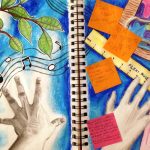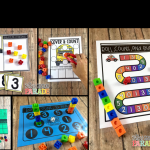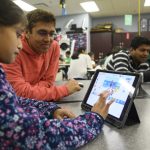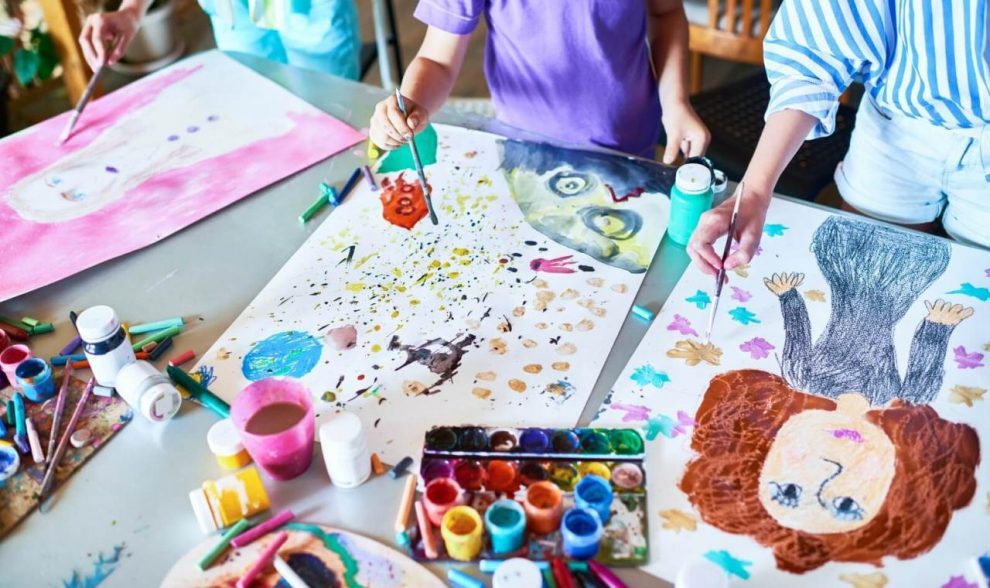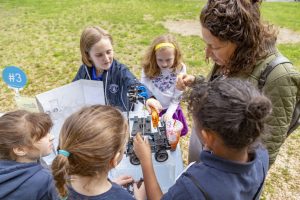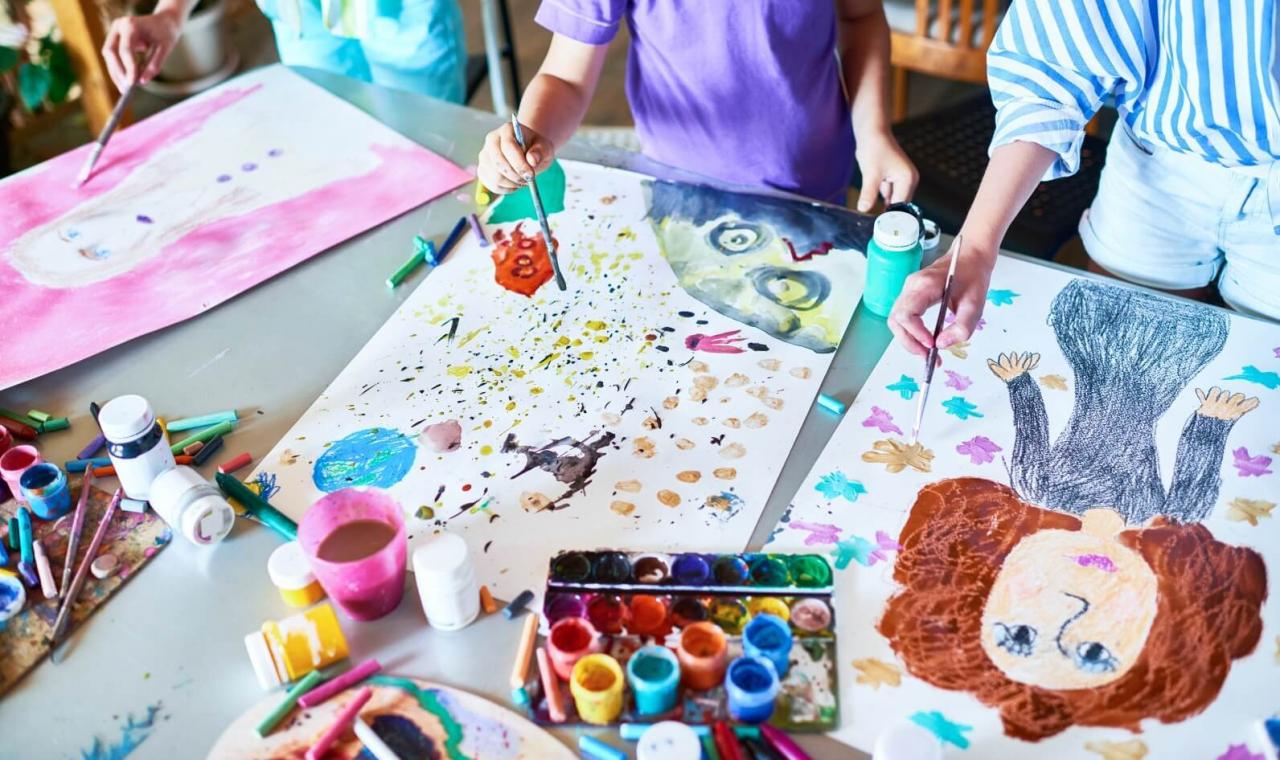
Fostering Imagination and Self-Expression in K-8 Education
Introduction
The arts are a gateway to creativity, self-expression, and a deeper understanding of the world around us. As the editor of a Grade K-8 education website, I have witnessed the transformative power of arts education. In this article, we will explore the role of the creative arts in American education, focusing on their importance in nurturing young artists. We will delve into real-world examples, including insights from renowned figures in the arts, to illustrate how schools in the United States are embracing creativity in K-8 education.
The Significance of Arts Education
Nurturing the Whole Child
Arts education is more than just paint on a canvas or notes on a page; it’s a fundamental component of a well-rounded education. It cultivates creativity, critical thinking, and emotional intelligence. As renowned dancer and choreographer Martha Graham once said, “Great dancers are not great because of their technique; they are great because of their passion.”
Arts Education in American Schools
Cultivating Creative Thinkers
In American K-8 education, the arts play a pivotal role in fostering creativity and self-expression. Schools across the nation are recognizing the importance of arts education and integrating it into their curriculum.
1. Beyond Extracurricular: A Place for the Arts
Arts education is not confined to extracurricular activities; it’s an integral part of the curriculum. Schools offer dedicated classes in visual arts, music, dance, and theater to ensure that all students have access to creative outlets. This aligns with the belief of musician and composer Leonard Bernstein: “The best way to know a thing is in the context of another discipline.”
2. The STEAM Movement: Arts in STEM Education
The STEAM (Science, Technology, Engineering, Arts, and Mathematics) movement has gained momentum in American education. It emphasizes the synergy between the arts and STEM subjects. Schools are integrating arts into STEM curricula, recognizing that creativity enhances problem-solving and innovation. As technology pioneer Steve Jobs noted, “It’s in Apple’s DNA that technology alone is not enough. It’s technology married with liberal arts, married with the humanities, that yields us the results that make our heart sing.”
3. Inclusive Arts Education: Every Child an Artist
Arts education is inclusive, ensuring that every child has the opportunity to explore their creative potential. Schools accommodate diverse talents and abilities, fostering an environment where students can express themselves without fear of judgment. This resonates with the words of artist Pablo Picasso: “Every child is an artist. The problem is how to remain an artist once we grow up.”
Arts Education in Practice: Real-Life Success Stories
Let’s explore some real-world examples of arts education initiatives that have empowered K-8 students across the United States.
1. “Turnaround Arts”: Transforming Schools Through Creativity
The “Turnaround Arts” program, backed by the U.S. Department of Education, brings arts education to underserved schools. It has led to remarkable transformations, with improved attendance, academic achievement, and a renewed sense of pride in students. As actress Kerry Washington put it, “The arts can lift us out of the darkest times.”
2. Young Playwrights’ Theater: Giving Voice to Young Authors
The Young Playwrights’ Theater in Washington, D.C., empowers K-8 students to become playwrights, writing and producing their own plays. This program not only enhances writing skills but also boosts self-confidence and communication abilities. As playwright August Wilson once said, “The best way to guarantee a loss is to quit.”
3. School of Rock: Learning Through Music Performance
The “School of Rock” franchise offers music education programs that teach students to play instruments and perform in bands. This hands-on approach to music education instills discipline, teamwork, and a lifelong love of music. As musician Jimi Hendrix expressed, “Music doesn’t lie. If there is something to be changed in this world, then it can only happen through music.”
Measuring the Impact
Assessing the Benefits of Arts Education
Evaluating the impact of arts education on K-8 students involves considering both qualitative and quantitative measures. Assessments may include students’ creative portfolios, performances, and surveys gauging their self-confidence and artistic growth.
Conclusion: Fostering Creative Thinkers of Tomorrow
Arts education is a cornerstone of fostering creative thinkers and nurturing the whole child. It empowers students to express themselves, think critically, and approach challenges with imagination. As the editor of our Grade K-8 education website, I am dedicated to showcasing the importance of the creative arts in education and inspiring young artists to unleash their inner creativity. Together, we can continue to cultivate a generation of individuals who see the world through an artistic lens, making it a more vibrant and harmonious place.

